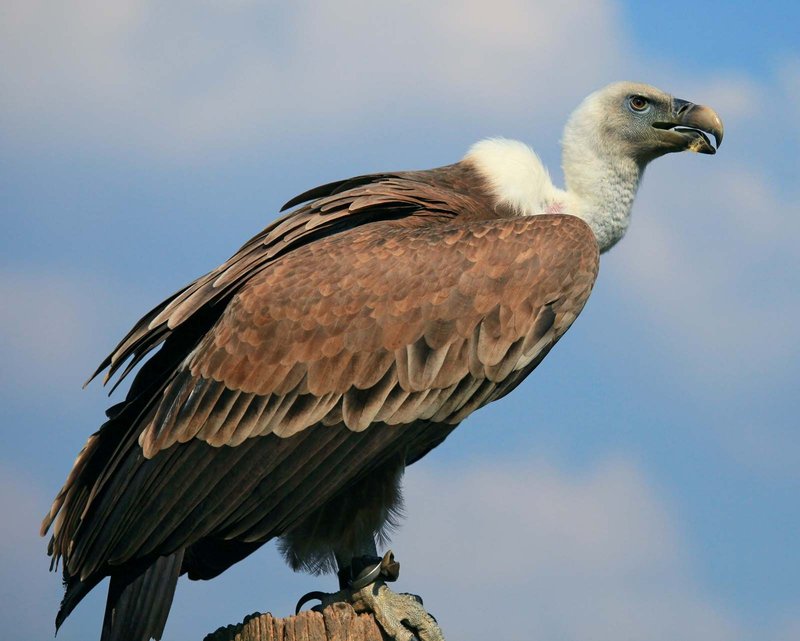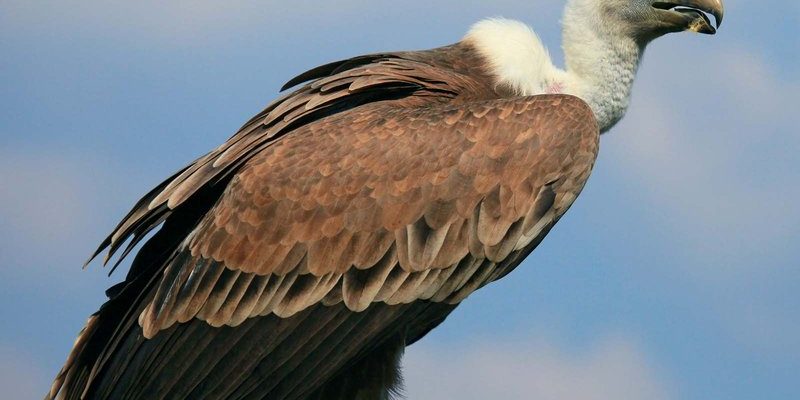
Let’s dive into the world of vultures and uncover the ins and outs of their nesting habits and lifecycle. From selecting a nesting site to caring for their fledglings, these birds have some intriguing behaviors that highlight their adaptability and resilience. So grab a cozy seat, maybe a warm drink, and let’s get into it!
Where Do Vultures Nest?
Vultures are quite particular about where they choose to build their nests. They typically look for high vantage points that offer a good view of their surroundings. This could be cliffs, tall trees, or even man-made structures like buildings or power lines. These elevated spots not only help them spot potential food sources but also provide safety from predators.
Interestingly, the choice of nesting location can vary between species. For example, the California condor, a type of vulture, prefers to nest in large cliff cavities, while the Turkey vulture is more flexible, often opting for abandoned building sites or trees. The location is crucial because it affects the survival of their chicks. A good spot can mean easy access to food and protection from dangers lurking below.
When vultures find a suitable spot, they’ll often use the same location year after year. It’s like they have a favorite vacation home they return to, ensuring they have a head start on nesting season. This loyalty to their nesting grounds is vital for their survival and can lead to successful rearing of multiple broods over their lifetime.
Building the Nest
Once they’ve selected their nesting site, vultures get down to the business of building their nests. Unlike some birds, which weave intricate designs, vultures tend to keep it simple. They gather materials like sticks, rocks, and even bits of cloth or plastic. The resulting nest is usually a rough bowl shape—functional but not overly fancy.
What’s fascinating is how both parents share the responsibility. While one parent might gather materials, the other typically stays at the nest site, ensuring it’s safe and ready for eggs. This teamwork isn’t just lovely to see; it’s essential for ensuring their offspring have a safe environment in which to hatch and grow.
In some cases, vultures will reuse old nests, adding a few new twigs or materials each year to freshen it up. It’s a bit like how we might decorate a familiar space, making it feel more “homey” with each season. This reuse of nests underscores their strong attachment to their chosen spots—not just for comfort but for survival.
Vulture Eggs and Incubation
After the nest is built, it’s time for the exciting part: laying eggs. Vultures typically lay between one to three eggs, depending on the species and environmental conditions. The eggs are usually a pale blue or white and have a slightly rough texture. They need to be incubated for around 30 to 60 days—definitely a test of patience for the parents!
During incubation, both parents take turns keeping the eggs warm. This shared duty helps ensure the eggs have a stable temperature and reduces the burden on any one parent. Imagine trying to keep a pot of water at the right temperature; it’s all about teamwork to get it just right!
Here’s the thing: not all eggs will always survive, especially in nests where there’s competition. If there are too many eggs, some chicks might not make it after hatching due to limited resources. This natural selection helps ensure that the strongest chicks thrive and grow into healthy adult vultures.
Hatching and Caring for Chicks
Once the eggs finally hatch, it’s a whirlwind of activity! The chicks are born helpless and rely completely on their parents for food and protection. You might be surprised to learn that these little ones aren’t born with the impressive wingspans their parents have; they start out small and fluffy.
The parents work hard to feed their chicks, often regurgitating previously eaten food to provide nutrition. It’s nature’s way of ensuring their young get the best start possible. Vulture parents have to be vigilant, as their nests can attract other predators, including raccoons and larger birds.
As the chicks grow, they’ll develop feathers and start to resemble their parents more and more. Interestingly, they’ll also start to practice flapping their wings. It’s like an early rehearsal for their first flight! During this time, the parents continue to nurture and protect them until they’re fully ready to leave the nest.
Fledging and Independent Life
After several weeks of care, it’s time for the young vultures to take their first flight—called fledging. This is a pivotal moment in their lives! They typically leave the nest around 70 to 90 days after hatching. At this stage, they still rely on their parents for food, but they’re learning to soar and navigate the skies on their own.
Fledging can be a bit chaotic. Picture a bunch of teenagers trying to drive for the first time! They might stumble a bit or even crash land, but it’s all part of the learning process. The parents stick around for a while to ensure their chicks have a good grasp on flying and foraging for food.
Once the young vultures master the art of flying, they’ll gradually become independent. They often stay close to their parents for a few weeks, watching and learning before fully breaking away. This period is crucial, as it helps them build the skills they need to survive on their own in the wild.
The Lifespan of Vultures
If you’ve made it this far, you might be wondering how long vultures live. These birds are surprisingly long-lived, with many species living up to 20-30 years in the wild, and some even longer in captivity. Their longevity is partly due to their scavenging lifestyle, which allows them to avoid many of the dangers that affect other birds.
As they age, vultures become more skilled at finding food and navigating their environment. They often form strong bonds with their mates, returning to the same nesting sites year after year, which can lead to successful breeding over many seasons.
In their later years, vultures may face challenges like habitat loss and environmental changes, but their resilience allows them to adapt. They’ve survived for millions of years, and with continued protection and understanding, they can keep thriving for many more.
Vulture nesting habits and lifecycle are a testament to nature’s intricate design. From their careful selection of nesting sites to the nurturing of their young, these birds exemplify teamwork and resilience. It’s easy to overlook vultures, given their somewhat grim reputation, but they are vital to our ecosystems. Their ability to clean up the environment and their fascinating life stages offer a glimpse into the complex relationships within nature.
So, next time you spot a vulture soaring gracefully in the sky or perched high on a cliff, remember the incredible journey it took to get there. They may look a little different from the colorful songbirds, but vultures truly have a story worth telling. By understanding their nesting habits and lifecycle, we can appreciate the essential role they play in keeping our world clean and healthy.

